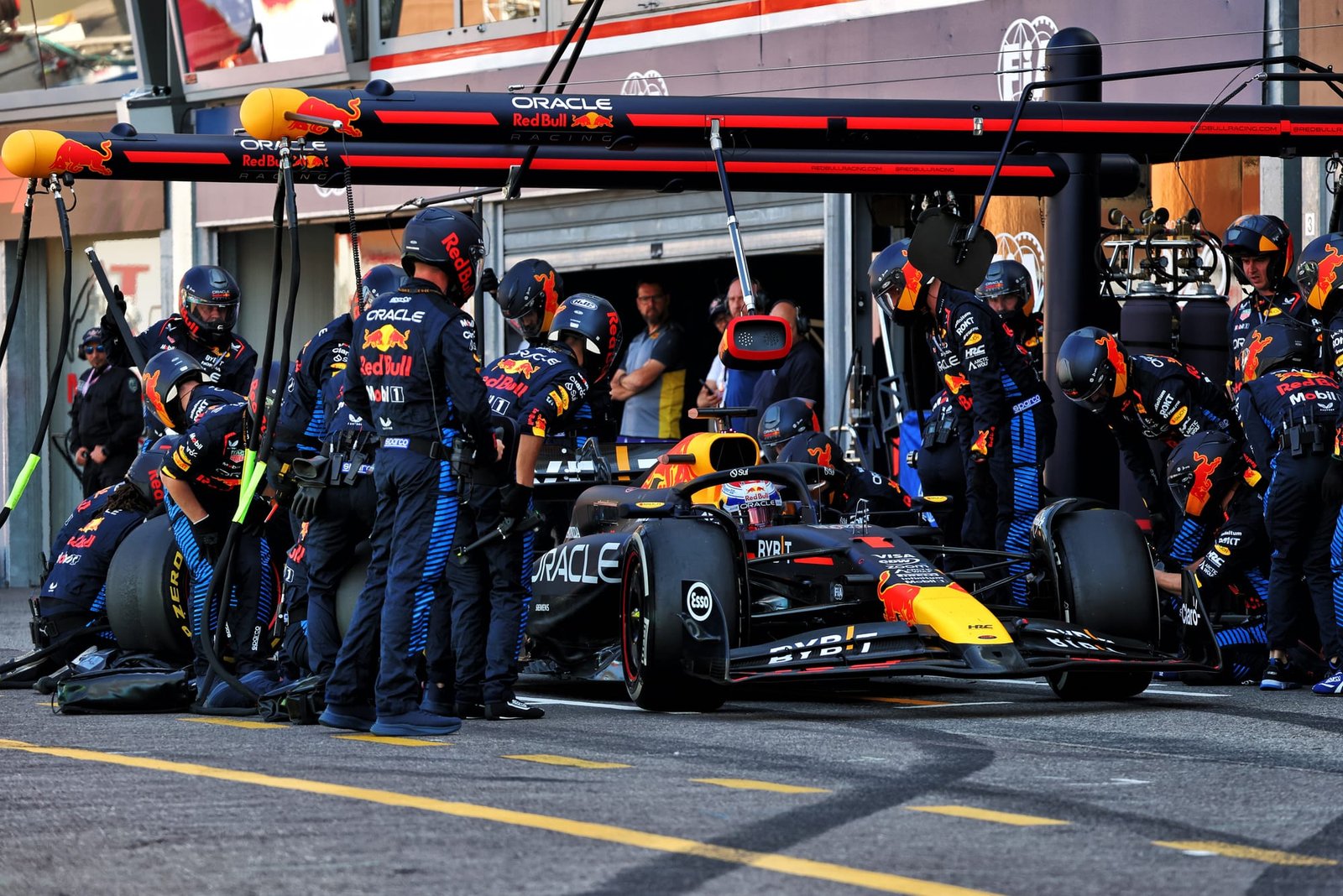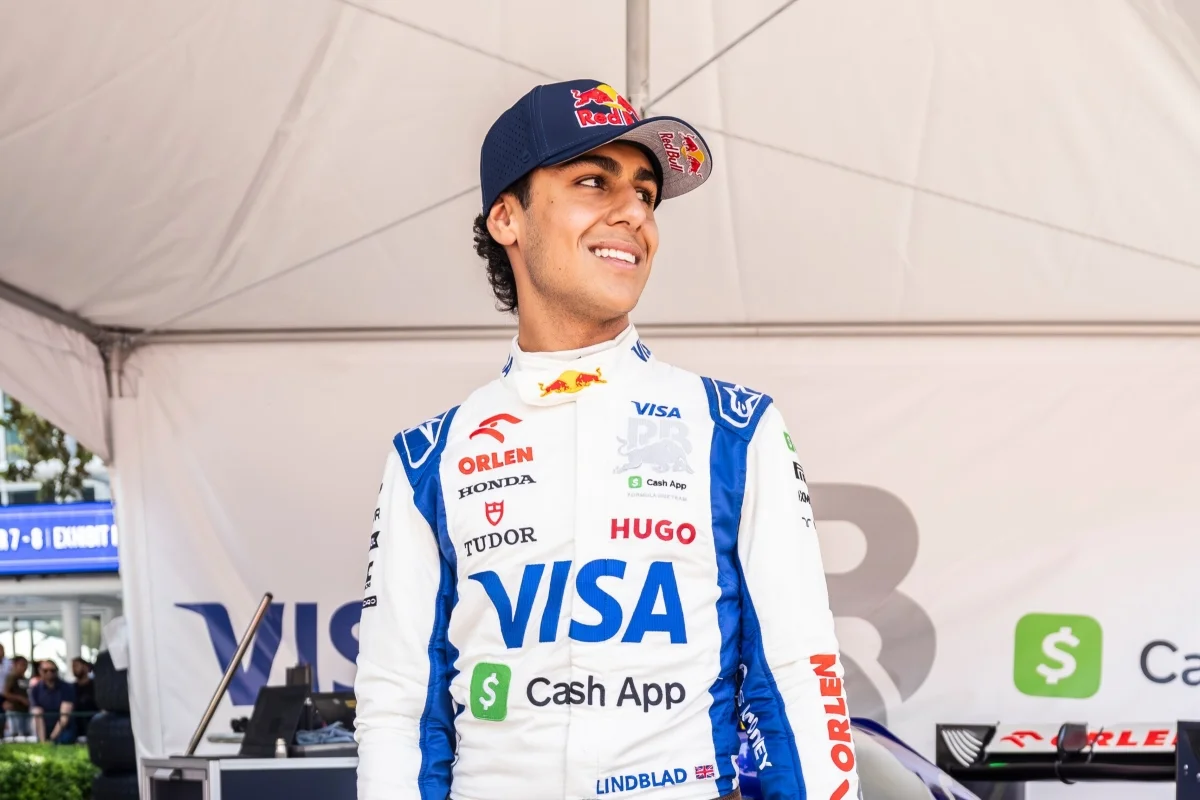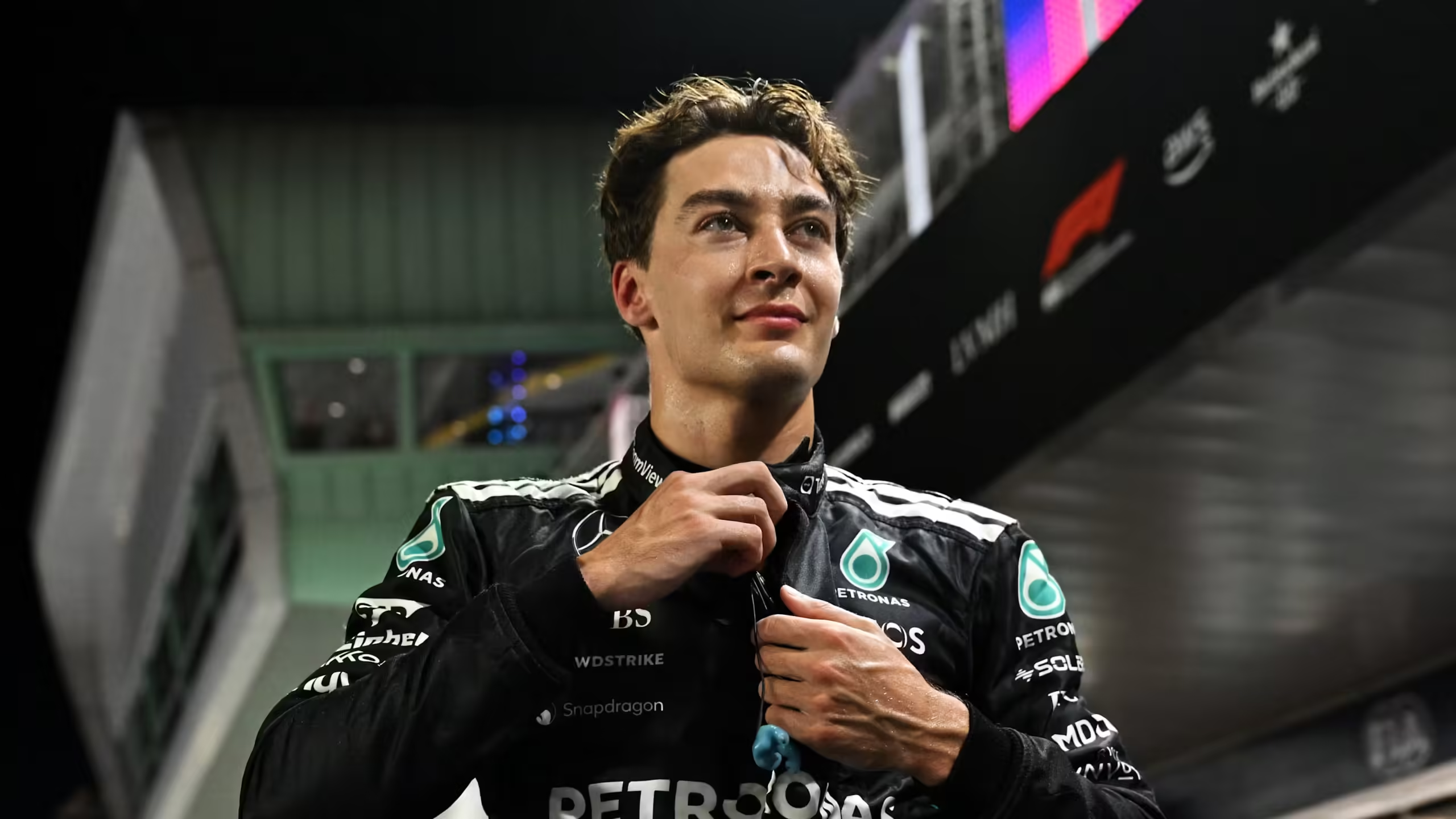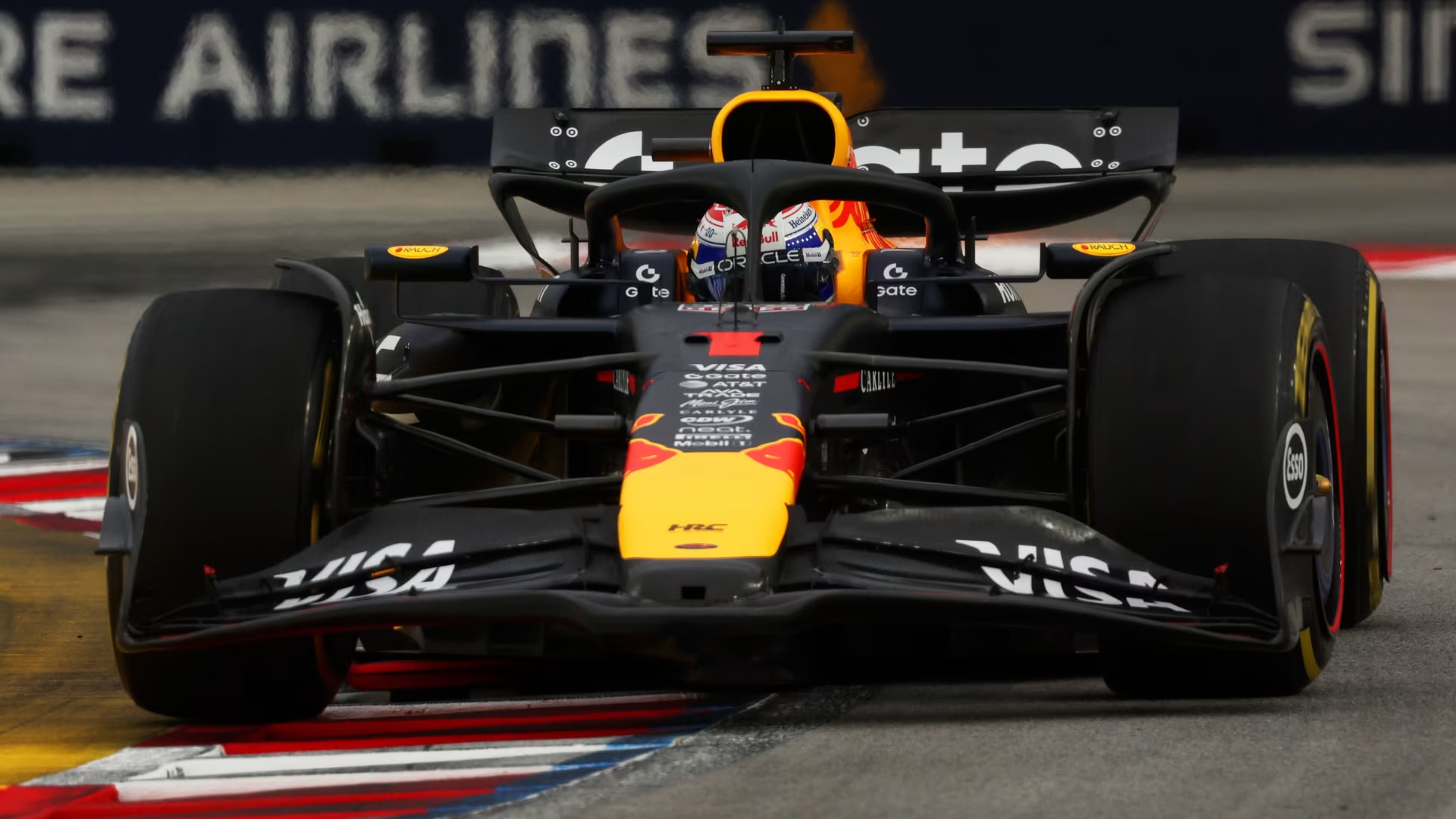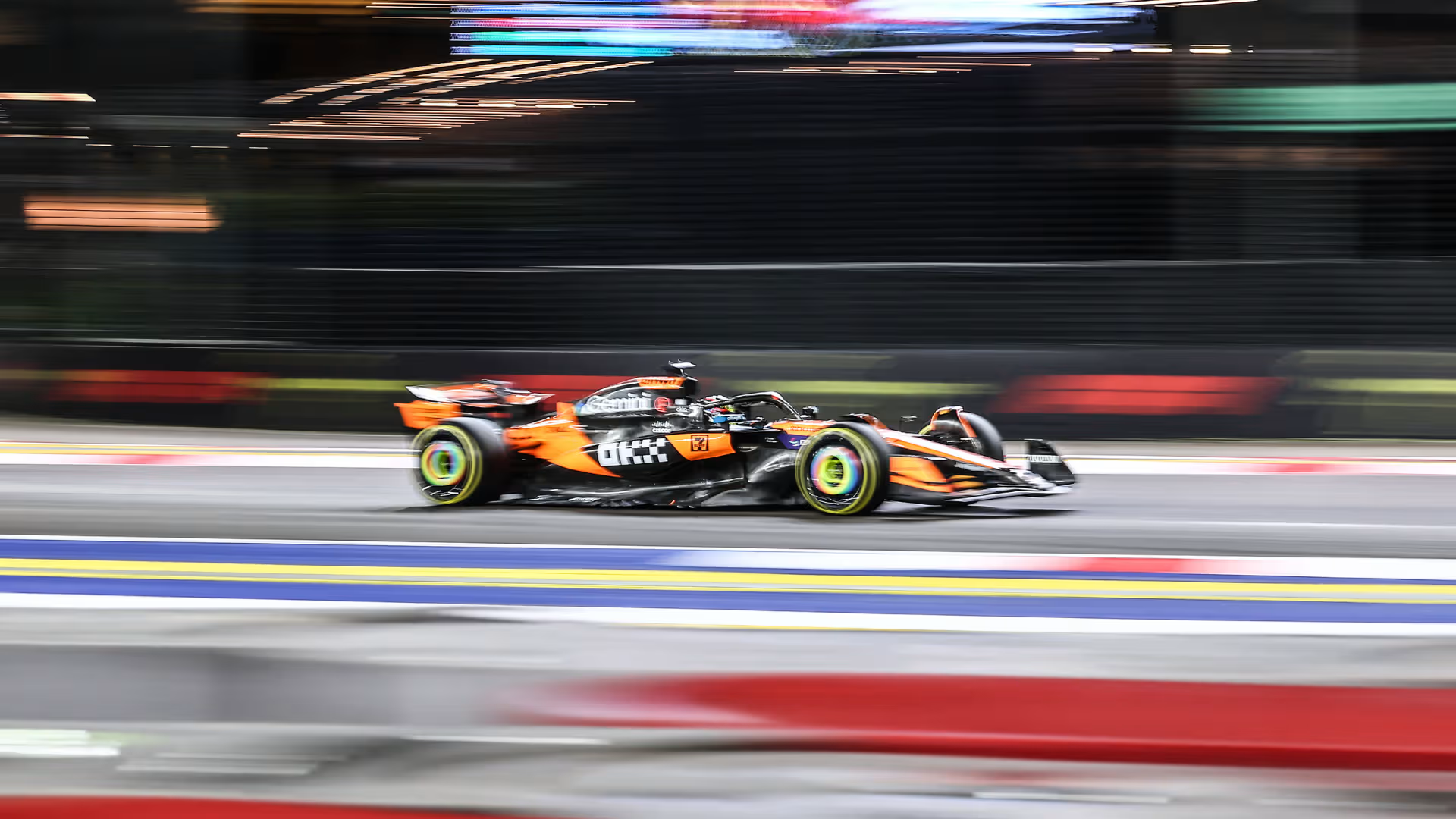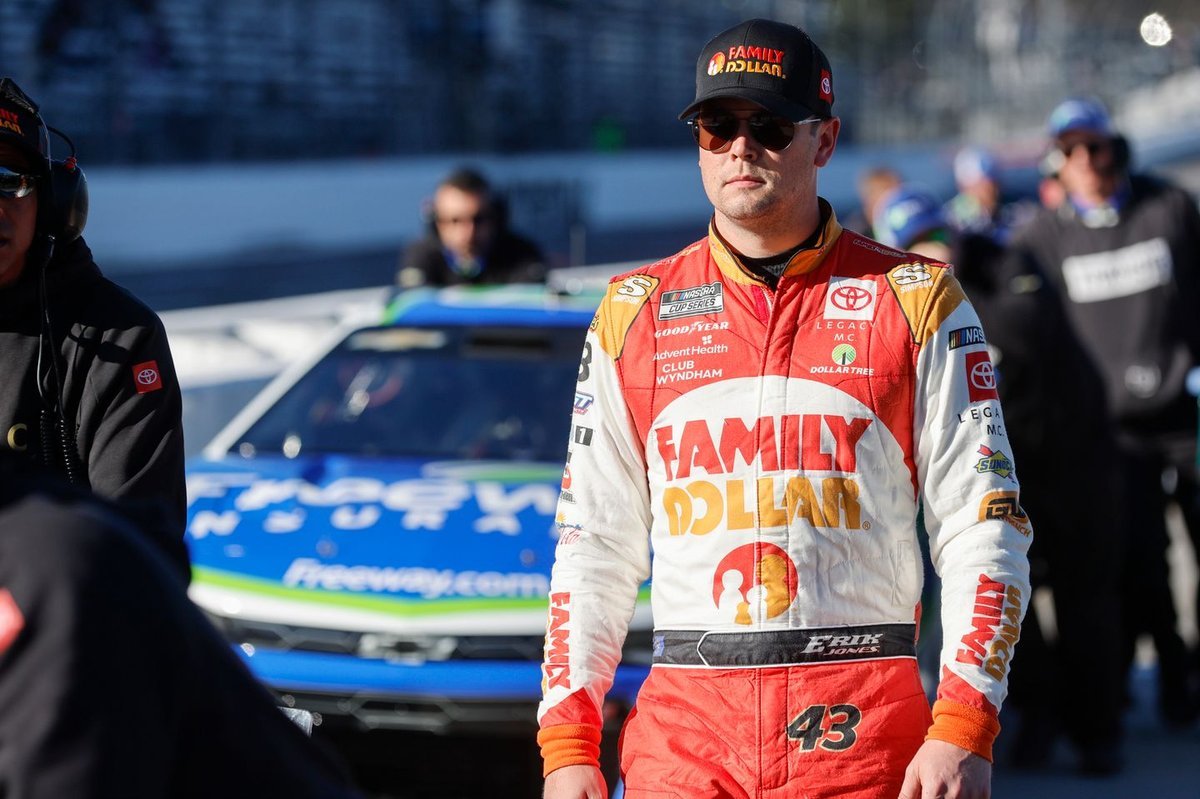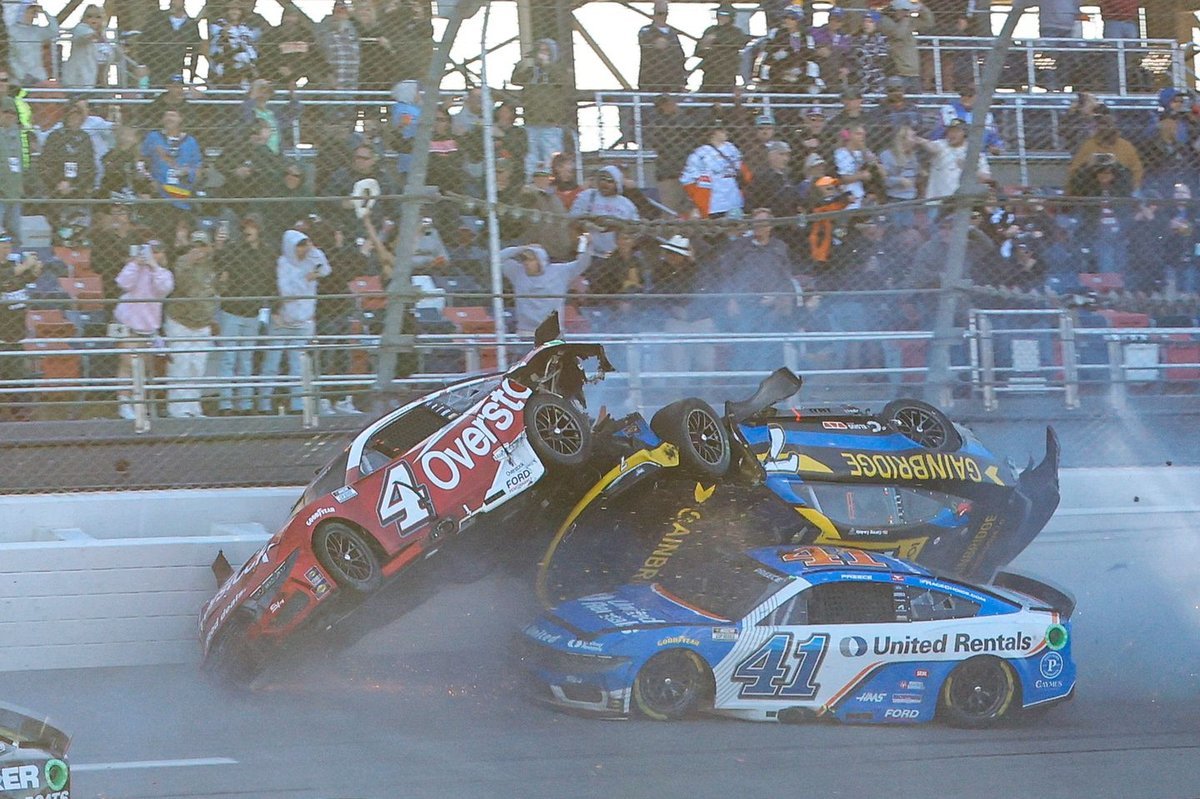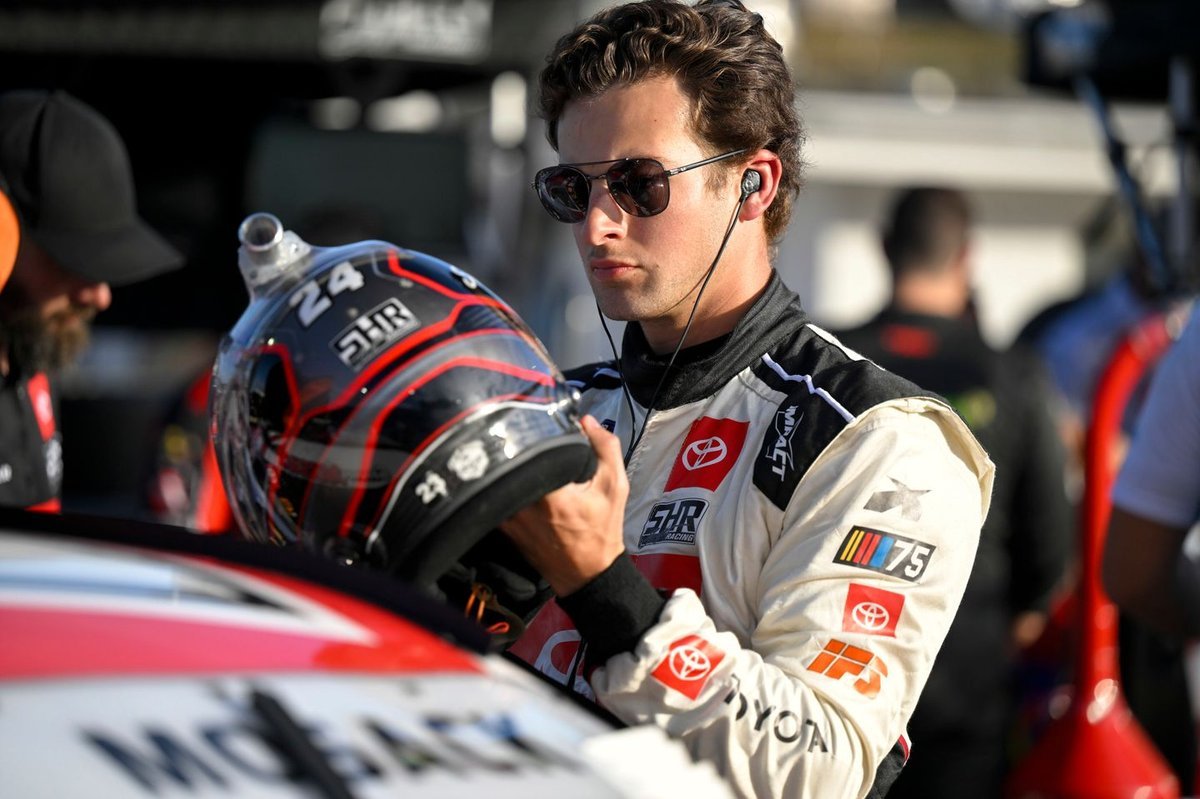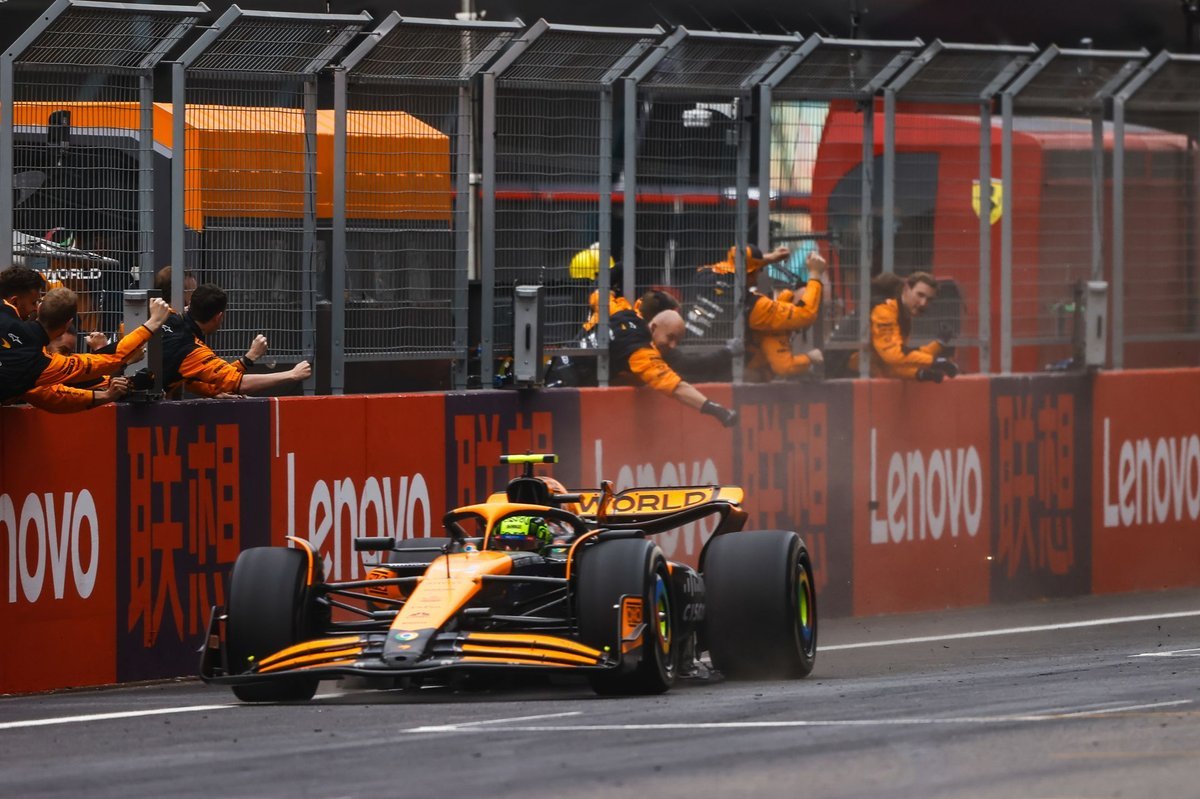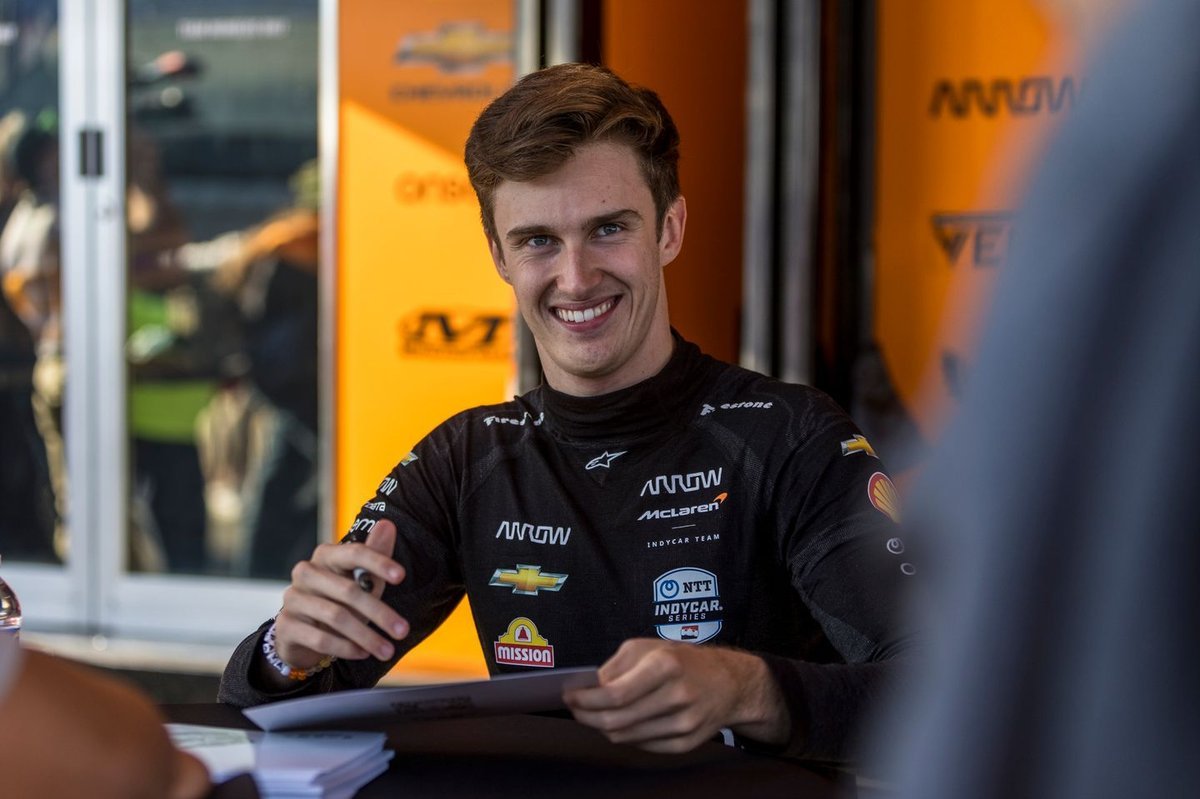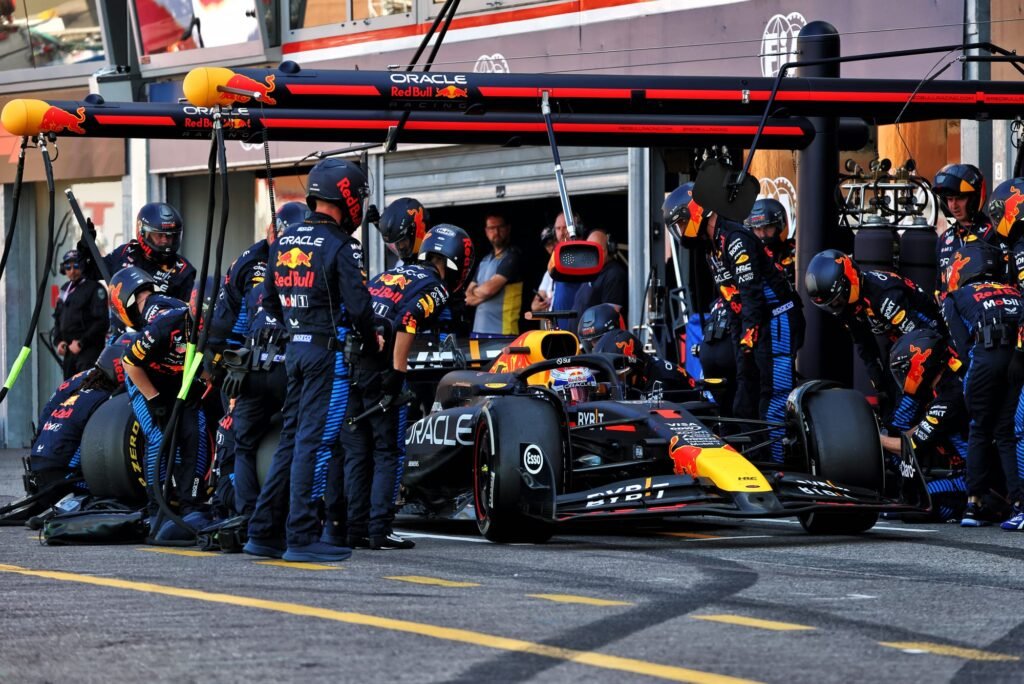
F1 drivers react to Monaco Grand Prix 2025’s new two-stop rule, highlighting racing unpredictability, strategy changes, and Red Bull vs McLaren battle.
Introduction
Monaco. A name that instantly conjures up images of glitz, glamour, and grinding gears echoing off the walls of Monte Carlo. Yet for all its style and spectacle, the Monaco Grand Prix hasn’t always been the most thrilling race on the Formula 1 calendar. But that might change in 2025. A fresh twist is arriving: a mandatory two-stop rule. And the drivers? They’re intrigued, excited, and maybe even a little anxious.
Why? Because this rule isn’t just a tweak—it’s a shake-up that could throw the usual Monaco script out the window. As World Champion Max Verstappen put it, it might just “spice things up.” With new F1 pit stop regulations in 2025 and the strategic chaos they might unleash, there’s plenty to unpack.
Table of Contents
| Sr# | Headings |
|---|---|
| 1 | What’s Changing at the Monaco Grand Prix 2025? |
| 2 | Why This Rule Matters More in Monaco |
| 3 | Max Verstappen’s Take: Chaos or Opportunity? |
| 4 | Pierre Gasly’s Gamble: Embracing the Unknown |
| 5 | Fernando Alonso’s Strategic Hope |
| 6 | Ollie Bearman and the Rookie Perspective |
| 7 | How the Two-Stop Rule Affects Team Strategies |
| 8 | Could This Create Midfield Surprises in Formula 1? |
| 9 | Red Bull vs McLaren: A Battle of Pit Walls |
| 10 | Monaco’s Past: One-Stop Parade or Strategic Masterclass? |
| 11 | The Risk of Safety Cars and Strategic Pitfalls |
| 12 | How Fans and Pundits Are Reacting |
| 13 | The Bigger Picture: F1 Strategy Changes in 2025 |
| 14 | Will Other Tracks Follow Monaco’s Example? |
| 15 | Final Thoughts: A New Chapter for Monte Carlo Racing Tactics |
1. What’s Changing at the Monaco Grand Prix 2025?
In a bold move to make things more exciting, the F1 pit stop regulations 2025 now include a mandatory two-stop rulespecifically for the Monaco Grand Prix. Each driver must use at least three different sets of tyres—dry, intermediate, or wet—during the 78-lap race. If conditions stay dry, that means using at least two different slick compounds.
2. Why This Rule Matters More in Monaco
Monaco isn’t like other tracks. With tight corners and almost zero overtaking, qualifying has always been king. The Sunday race often becomes a procession, where drivers focus more on avoiding the walls than racing each other. By forcing two pit stops, the new rule brings strategic unpredictability to the forefront—turning chess into poker.
3. Max Verstappen’s Take: Chaos or Opportunity?
Max Verstappen, who’s no stranger to winning at Monaco, had a mixed but optimistic view. “It can go both ways,” he admitted. The potential for Safety Cars, unexpected tyre wear, and tricky pit timing means the race could swing wildly. But in his words, “it will spice it up.” Think of it like shaking a snow globe—you don’t know what it’ll look like until it settles.
4. Pierre Gasly’s Gamble: Embracing the Unknown
Pierre Gasly is all about embracing the chaos. As he sees it, Monaco just became a playground for risk-takers. For midfield teams like Alpine, this rule opens the door to shock results. It’s not just about speed anymore—it’s about making the right call at the right time. That unknown? It’s where opportunity lives.
5. Fernando Alonso’s Strategic Hope
Veteran Fernando Alonso brought a dose of wisdom to the conversation. For years, he’s seen Monaco races get “locked in” after Saturday. Now, with mandatory tyre changes in Monaco GP, Sunday might actually matter again. “It gives hope,” he said, and that might be the most powerful thing of all—especially for teams stuck behind the usual frontrunners.
6. Ollie Bearman and the Rookie Perspective
Ollie Bearman, Haas’s rookie sensation, summed it up best: this rule makes Monaco a mystery. “We’re not really sure what to do,” he said. That’s a big deal. Teams spend countless hours on simulations, but this rule throws a wrench in the machine. The result? Saturday night strategy meetings that could decide everything.
7. How the Two-Stop Rule Affects Team Strategies
Two stops don’t just mean twice the action; they mean twice the decision-making. Should you pit early and gain track position? Or stay out and hope for a Safety Car? With Monte Carlo racing tactics now under scrutiny, teams will be forced to rethink every scenario. Expect engineers to earn their salaries this weekend.
8. Could This Create Midfield Surprises in Formula 1?
Absolutely. This is where the rule really shines. In a typical Monaco race, the top six lock down the grid. But with a two-stop strategy, even a team like Williams or Alfa Romeo could throw a curveball. The chance of a midfield surprise in Formula 1 just shot up—something fans and drivers alike are rooting for.
9. Red Bull vs McLaren: A Battle of Pit Walls
The real fireworks might not even be on the track. Red Bull vs McLaren—a brewing rivalry—could take center stage on pit lane. Which team makes the better calls? Which one blinks first? In Monaco 2025, it might be the guys holding the tyre guns who decide the winner, not just the drivers.
10. Monaco’s Past: One-Stop Parade or Strategic Masterclass?
Historically, Monaco has been a one-stop snore-fest—unless rain or a crash shakes things up. But even then, the lack of overtaking limited how much could change. With this new format, strategy becomes the star, and we might finally see races where pit timing, tyre choice, and bold calls decide the outcome.
11. The Risk of Safety Cars and Strategic Pitfalls
Monaco and Safety Cars go together like peanut butter and jelly. One misjudged pit window or ill-timed yellow flag, and a driver’s race could be ruined—or saved. The racing unpredictability in Monaco has never been higher, and the two-stop rule just turned the stakes up a notch.
12. How Fans and Pundits Are Reacting
Initial reactions have been largely positive. Pundits see it as a long-overdue shakeup, while fans are excited at the prospect of a Monaco race that’s more than a time trial. There’s skepticism, sure—but hope is winning the narrative.
13. The Bigger Picture: F1 Strategy Changes in 2025
The Monaco rule may be the start of a wider shift in Formula 1 strategy changes. With fans demanding more excitement and teams growing ever more tactical, F1 may be entering a new era where varied strategies and unpredictable races become the norm—not the exception.
14. Will Other Tracks Follow Monaco’s Example?
That’s the million-dollar question. Could we see a two-stop mandate at other slow or narrow circuits like Singapore or Hungary? If Monaco proves successful, the F1 two-stop rule could become a more common tool in the FIA’s arsenal.
15. Final Thoughts: A New Chapter for Monte Carlo Racing Tactics
Monaco needed this. The backdrop is still beautiful, the yachts still dazzling—but now the race itself might just steal the spotlight. With bold tyre strategies, midfield surprises, and a fresh dose of uncertainty, the Monaco Grand Prix 2025could go from processional to phenomenal.
FAQs
1. What is the new F1 two-stop rule for Monaco Grand Prix 2025?
The rule mandates that drivers must use at least three different tyre sets during the race, making at least two pit stops regardless of weather conditions.
2. Why was the two-stop rule introduced for Monaco specifically?
Monaco has long been criticized for being a processional race due to narrow streets and little overtaking. The rule aims to bring more strategy and unpredictability.
3. How could this rule affect teams like Red Bull and McLaren?
Top teams will need to balance pace with strategy, as one wrong call on pit timing could give rivals a chance—especially in tight Red Bull vs McLaren battles.
4. Could midfield teams benefit from this rule change?
Yes, it offers a greater chance for teams like Alpine, Haas, or Williams to gain positions through clever strategy rather than just raw speed.
5. Will other F1 races adopt the two-stop rule in the future?
If the experiment at Monaco proves successful, there’s a possibility the FIA may apply similar rules at other tight circuits to enhance race excitement.

